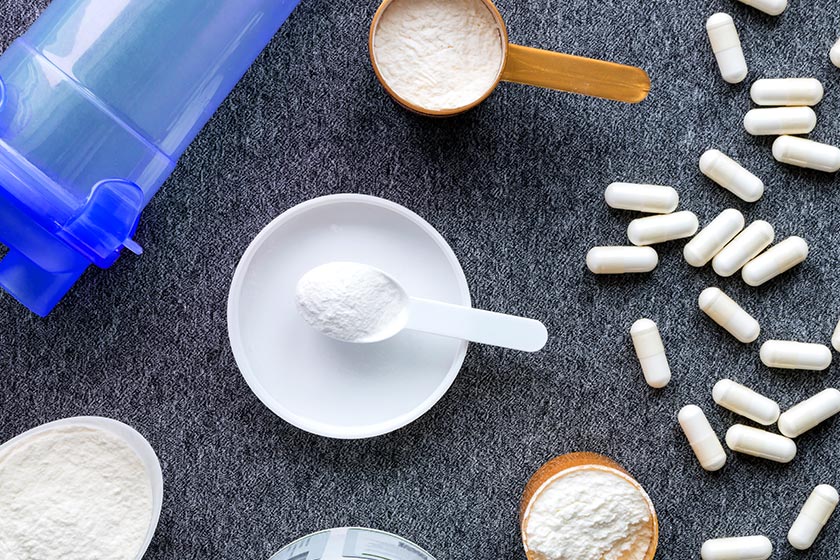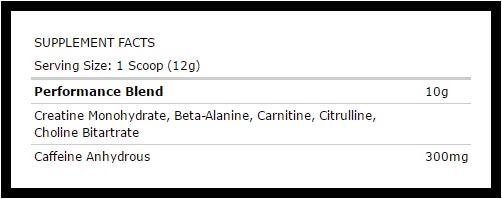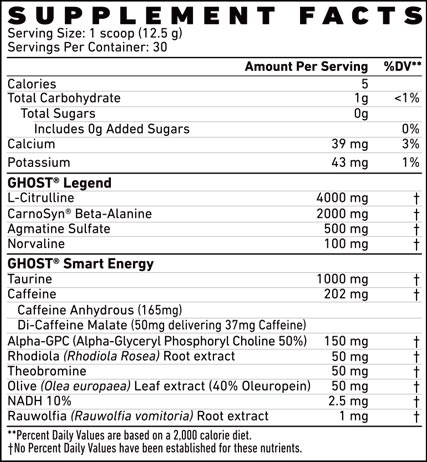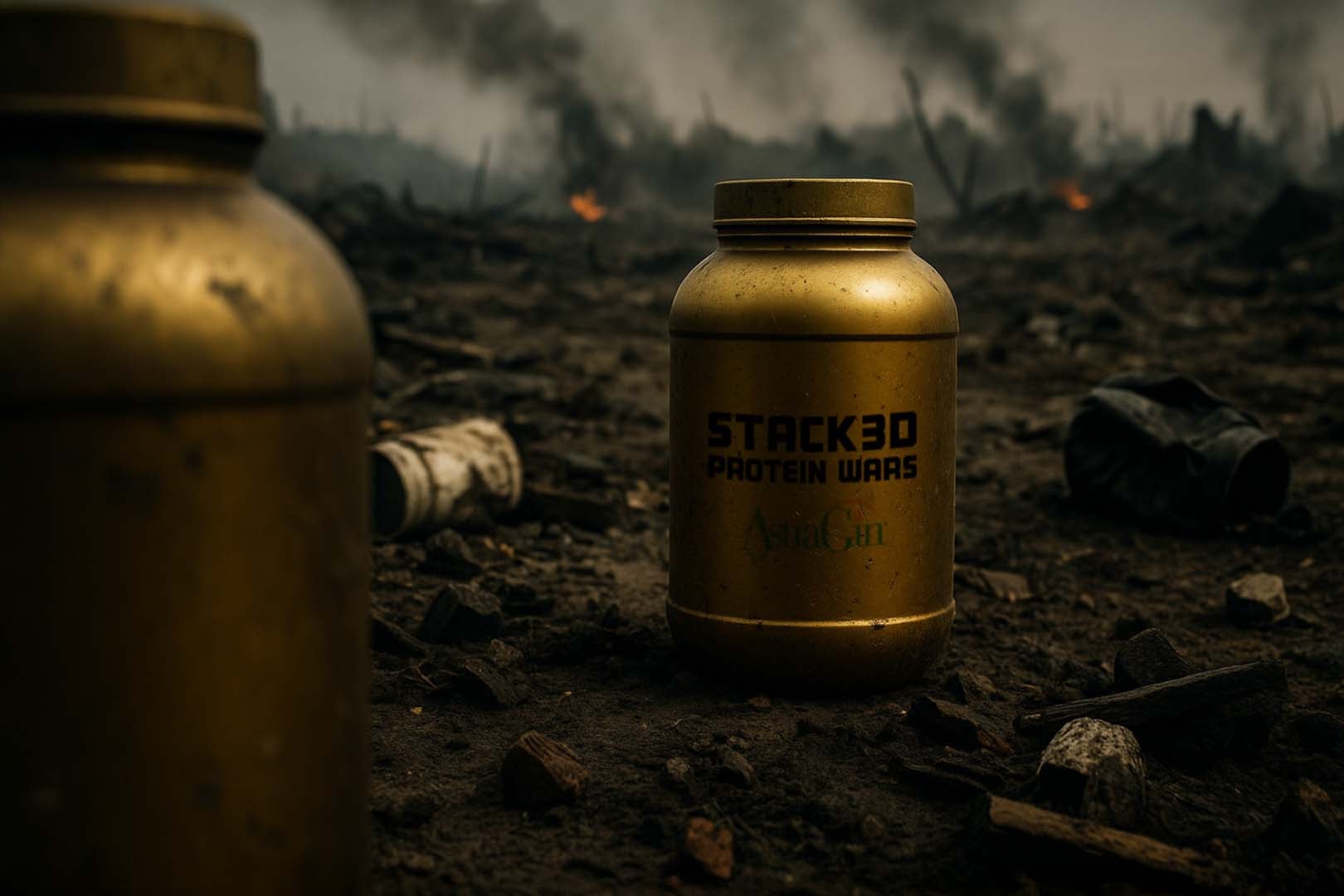
“Proprietary blend” is a common term used in the world of supplements, which as much as it’s thrown around, does require a lot of explaining if you’re new supplements. In this post, we’re going to go over exactly what it is, the good and the bad, so next time we mention it you know exactly what we’re talking about.
Simple explanation
A combination of ingredients is probably the simplest way to explain what a proprietary blend is. You will likely see them all over the place if you walk into a supplement store and investigate the facts panels of a few products. You’re looking for something with a name like “Energy Blend” or “Pump Matrix”, followed by an overall weight like “900mg”, then a list of ingredients that makes up that 900mg.
At this point, it sounds pretty straightforward. A supplement will list a proprietary blend that weighs a certain amount, which is made up of all of the ingredients listed below it. While that may sound simple, like with a lot of things, there are ways companies can take advantage of that in both good and bad ways.
Underdosing proprietary blends
One of the biggest reasons we don’t like proprietary blends is because brands can use them to give you a lot less of an ingredient than you think or would want in a supplement. Below we’ve put together a very basic example of a facts panel using a proprietary blend going by the name “Performance Blend”.

Now initially it may not seem all that bad, you have creatine, beta-alanine, citrulline, carnitine, and choline bitartrate, for a combined total of 10g. That could mean you’re getting something like 4g of creatine monohydrate, 3g of beta-alanine, and 3g from the remaining ingredients. In a proprietary blend ingredients are also listed in order of weight, so you know the first will be the heaviest, and the second lighter, and the third lighter again, and so on.
Where the trickery comes in is that you have no guarantee on how much there is of any of those ingredients. There may be 9g of creatine monohydrate and the rest are all dosed well under the amounts you need for their benefits. The problem with that is a lot of products will still promote the benefits of the underdosed ingredients at their clinically proven doses.
You’ll be expecting the pump benefits of citrulline or performance boost of beta-alanine, but with not enough in there you’ll be left disappointed. Unfortunately, by the time you discover that it’s too late, you’ve already spent your money and are now left with a tub of something that does a lot less than you expected.
Transparency is the solution
The answer to the proprietary blend problem is full transparency, which is a term that’s been thrown around a lot over the past few years. What it means is instead of hiding doses in a blend, a supplement will list the exact amounts of everything. A good example of that is the facts panel below from Ghost’s pre-workout Ghost Legend. It leaves nothing to the imagination, putting everything out there.

You may also come across products that are a combination of transparent and proprietary, most commonly pre-workouts. This is where a brand will list the bigger ingredients like beta-alanine and citrulline with their exact doses, then keep its stimulants in a blend. Brands typically do this because the energy and focus elements are their secret combination, and competitors will rip it off if it’s successful.
Blend aren’t always bad
While companies can take advantage of you with proprietary supplements, whether it be a fat burner, pre-workout, or amino, not all of them are bad. Some as mentioned do it to keep their formulas a secret and a lot of proprietary products have proven to be very effective.
When it comes to trying to figure out if you should buy a supplement that has a proprietary blend, and you don’t have enough experience yet to judge yourself, look for recommendations from trusted websites and friends. The most important thing is that the person or reviewer has tried the product, which is what we do with all of the products we review and rank. Only going off the ingredients in a blend is not the way to go, as you could say it has great pumps because it has agmatine, but it may not have any pump if the agmatine is dosed at something like 100mg compared to 1.5g.
Look for transparency
Overall you want full transparency when it comes to your supplements. It makes it a whole lot easier to shop, and when it comes to comparing products, things are a lot more straightforward. You could have two identically priced aminos in front of you, and with no proprietary blends, you could know straight away that one has 5g of BCAAs in 30 servings, and the other 4g, making the former the better choice.
Obviously, when you get into more complex combinations like in pre-workouts and fat burners, it can get quite complicated. However, as you become more experienced with supplements, you’ll know what to look for, and with transparent products, you’ll be able to spot formulas you know you’ll like. Say for example you enjoy 1.5g of glycerol over 500mg, you can look on transparent labels for amounts around that and you’ll have a good idea of whether you’ll like it or not.


